Pruritus In Liver Disease
Pruritus in liver disease. It can greatly reduce the quality of life. Bile acids are made from cholesterol in the liver and help the digestion of fat. Cholestatic itching often peaks in the evening and early night.
Pruritus associated with liver disease has been well described as early as the 2nd century BC when the Greek physician Aretaeus the Cappadocian observed an association between pruritus and jaundice. 11 The prevalence of pruritus in these chronic liver diseases varies and has not been. Pruritus is a common clinical feature seen in most liver diseases but particularly frequently in cholestatic liver disease.
In ICP pruritus is one of the disease-defining criteria 13. The exact pathogenesis is unknown but empirical treatment such as cholestyramine based on a liverbased origin of. Pruritus is a troublesome complication in patients with cholestatic liver disease.
Pruritus means itch and it is more common in intrahepatic cholestasis. Itching pruritus is one symptom of chronic liver disease though not everyone with liver disease develops it. Either way it can lead to a distracting often overwhelming desire to scratch.
They are transported from the liver with bile into the small intestine and later returned to the liver. You might have a localized itch such as on your lower arm or it might be an all-over itch. Pruritus itch is a common complication of cholestatic liver diseases CLD.
Pruritus may affect other body parts and generalize over time. Drug treatment of pruritus in liver diseases Introduction. Pruritus is a common symptom seen in patients with chronic liver disease.
Several links to its pathogenesis have been proposed including the role of bile acids endogenous opioid and serotonins and lysophosphatidic acid. Historically pruritus has been.
Bile acids are made from cholesterol in the liver and help the digestion of fat.
In clinical practice the most commonly encountered cholestatic liver diseases CLD associated with pruritus are primary biliary cirrhosis PBC primary sclerosing cholangitis PSC and intrahepatic cholestasis of pregnancy. Although the exact cause of itching alongside liver disease is unclear there are several theories. Pruritus is a common clinical feature seen in most liver diseases but particularly frequently in cholestatic liver disease. Either way it can lead to a distracting often overwhelming desire to scratch. Treatment of pruritus in liver diseases can be challenging and requires specific management with early initiation and a step-wise approach using specific drugs. 1 The prevalence of pruritus has been reported to be 1877 in patients with primary biliary cholangitis PBC 2-7 51584 in patients with hepatitis C virus HCV infection 8-12 and 8 patients with hepatitis B virus HBV infection. Pruritus is common in patients with chronic liver disease and is improved by nalfurafine hydrochloride Abstract. In clinical practice the most commonly encountered cholestatic liver diseases CLD associated with pruritus are primary biliary cirrhosis PBC primary sclerosing cholangitis PSC and intrahepatic cholestasis of pregnancy. The word cholestasis derived from the Greek words chole meaning bile and stasis meaning standing.
This circuit is called enterohepatic circulation and is regulated by proteins. Itching pruritus is one symptom of chronic liver disease though not everyone with liver disease develops it. 11 The prevalence of pruritus in these chronic liver diseases varies and has not been. The management of pruritus in cholestasis is challenging. Pruritus means itch and it is more common in intrahepatic cholestasis. Pruritus in the different hepatobiliary disorders. Pruritus is known to be a common complication in hepatitis patients but the exact frequency and degree are.

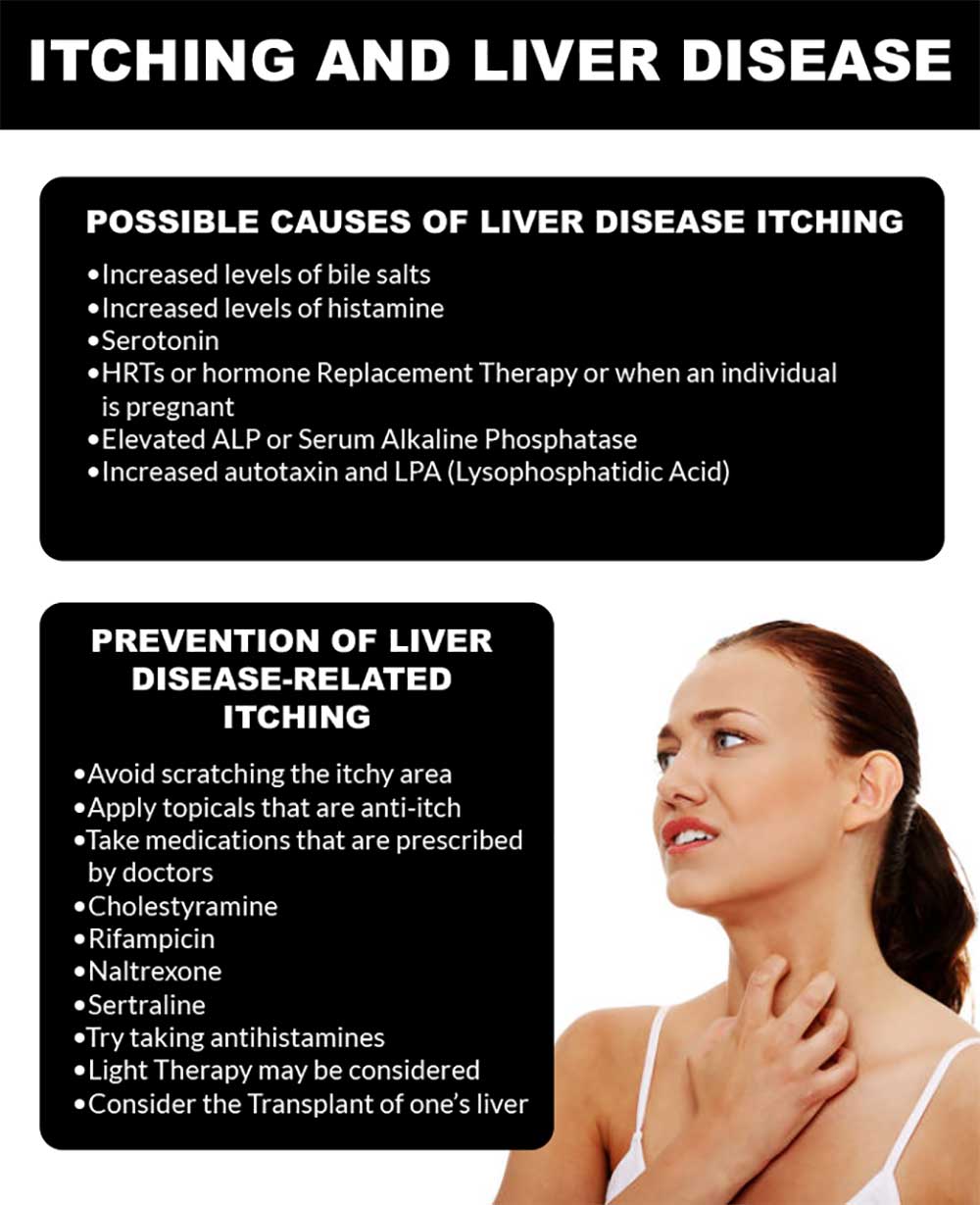
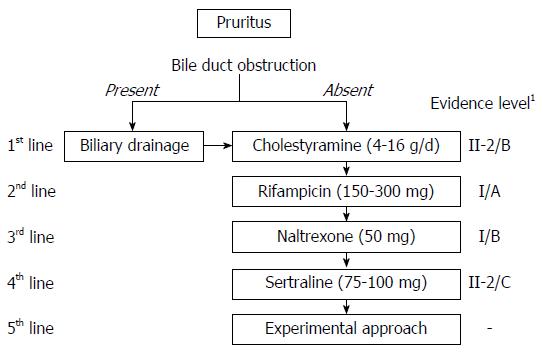
:quality(85)//cloudfront-us-east-1.images.arcpublishing.com/infobae/V7GGFEAWC5FWNPYTLNIAV5VUDA.jpg)





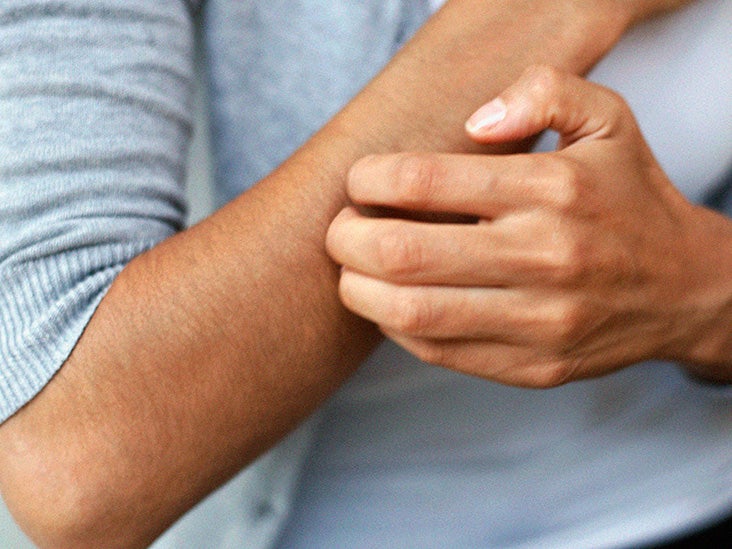



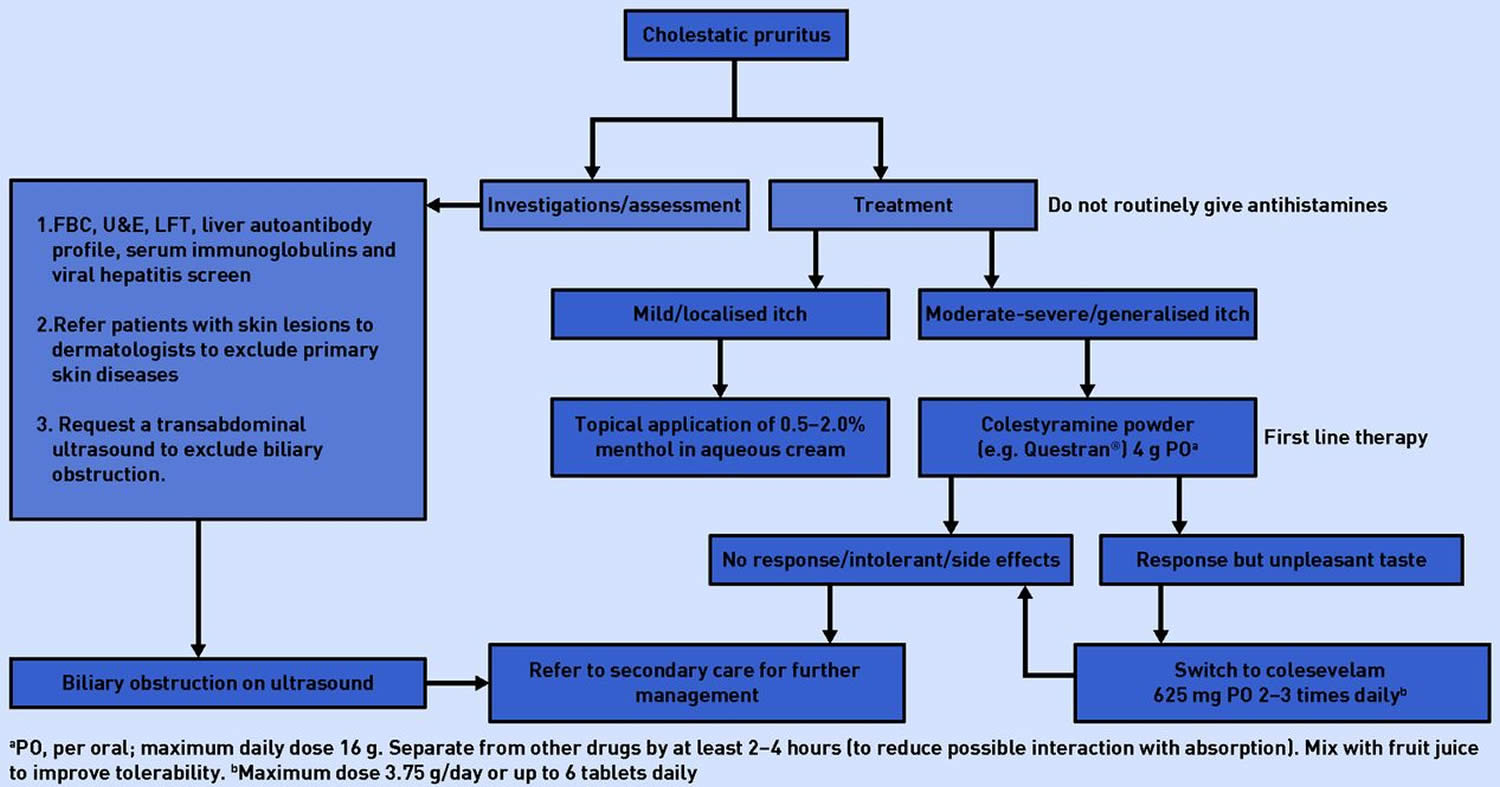


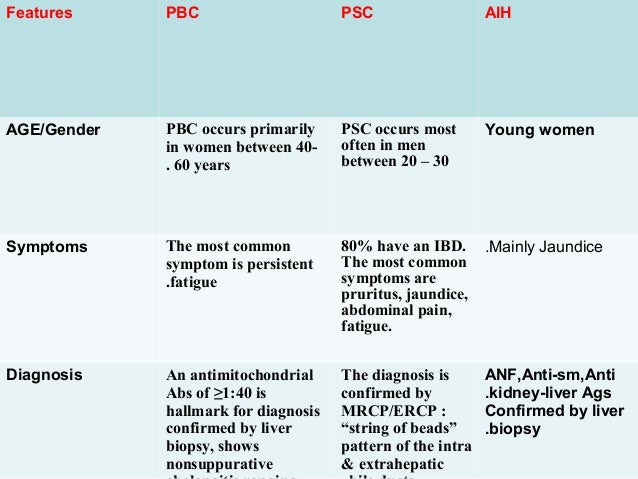

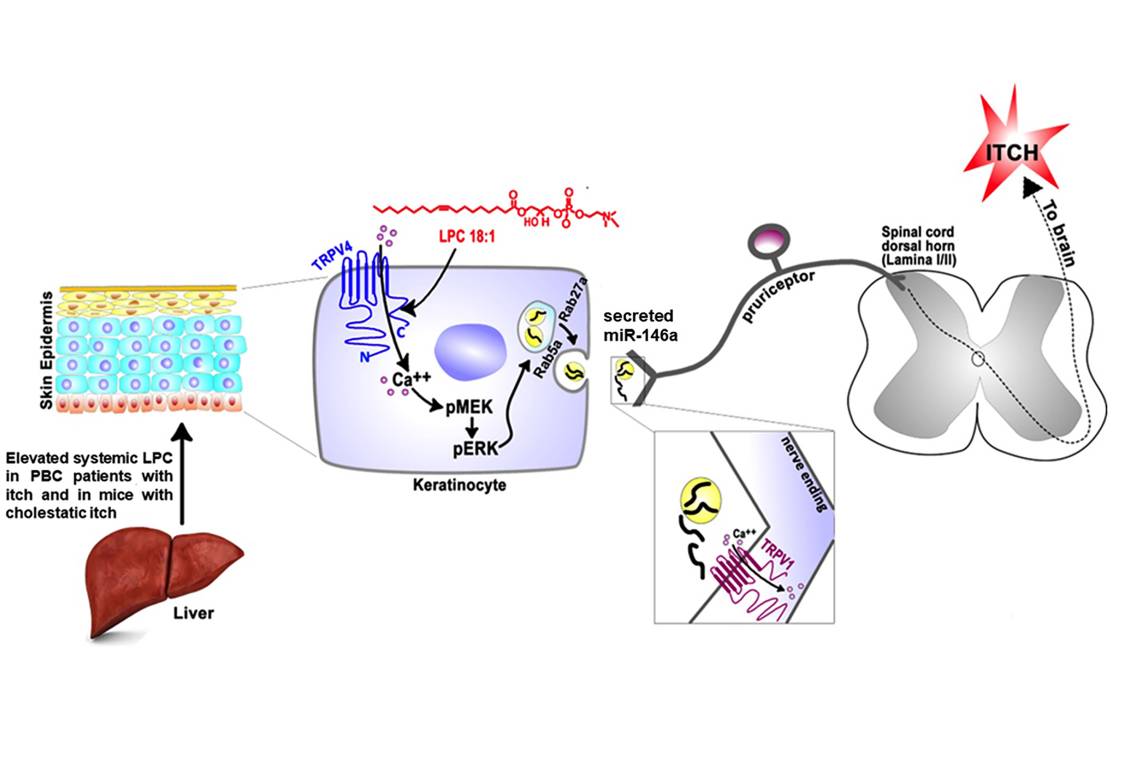
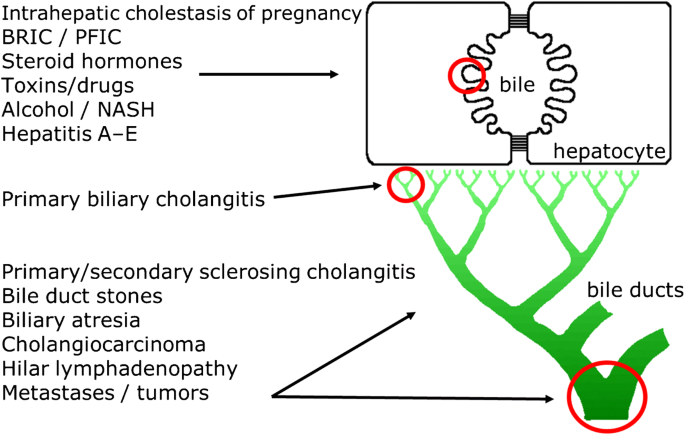



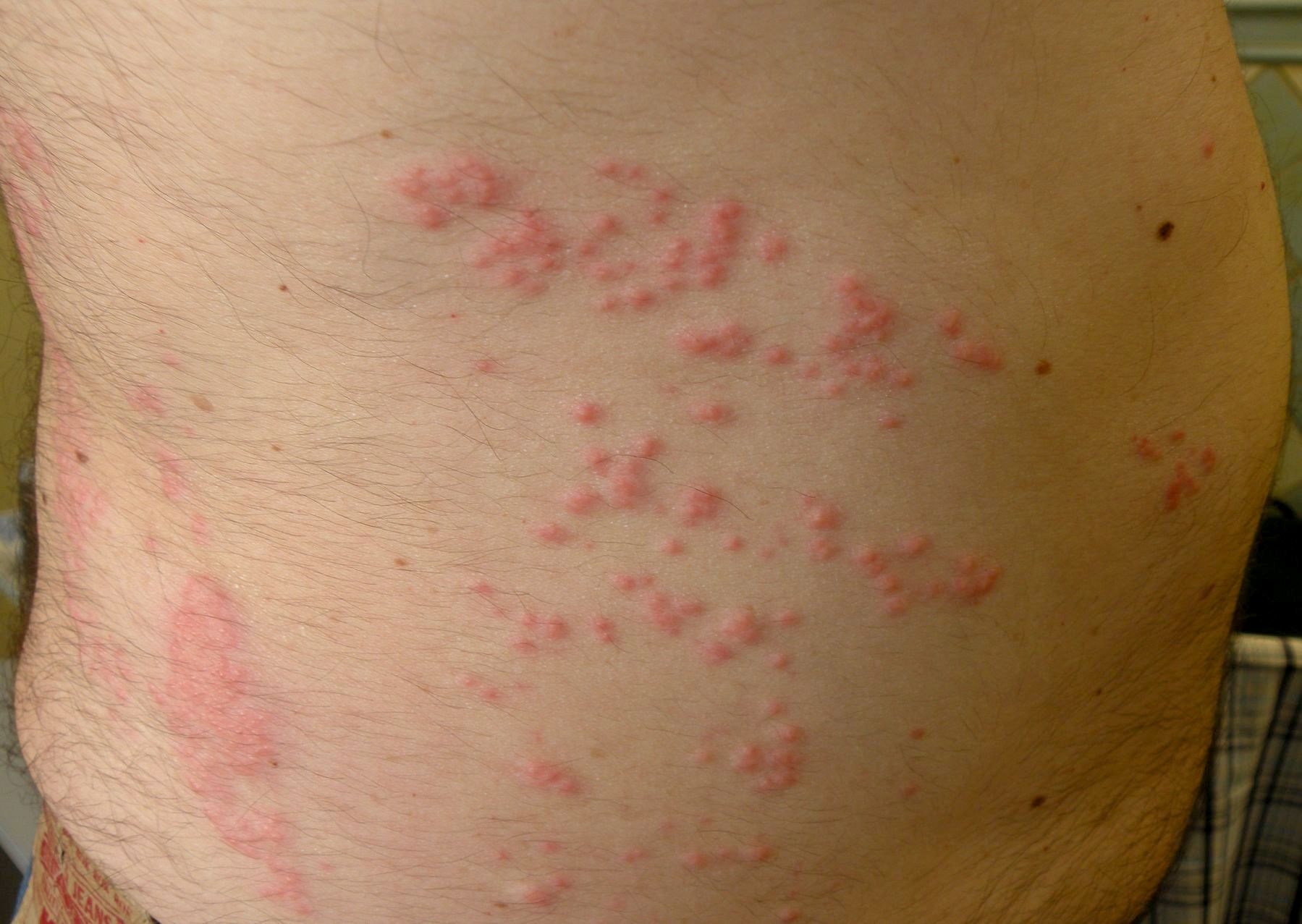
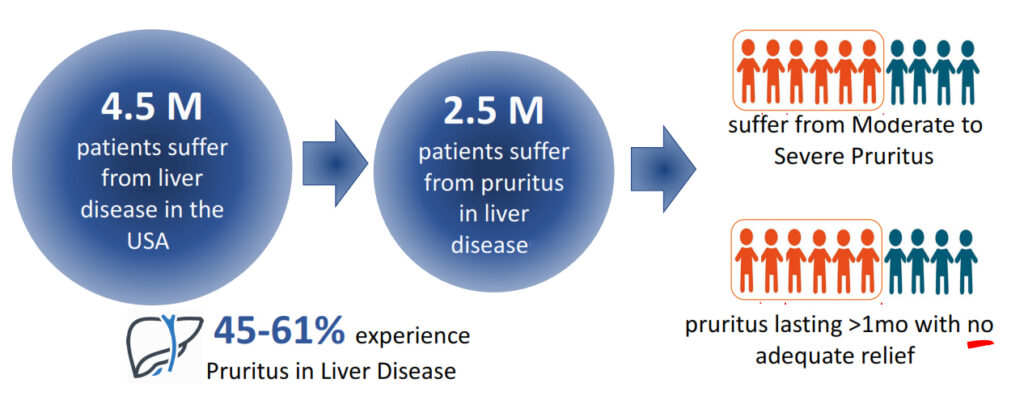

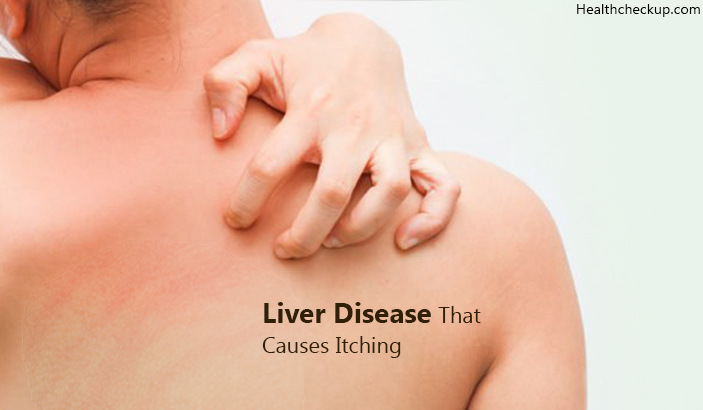


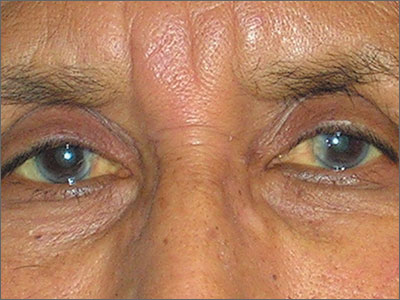








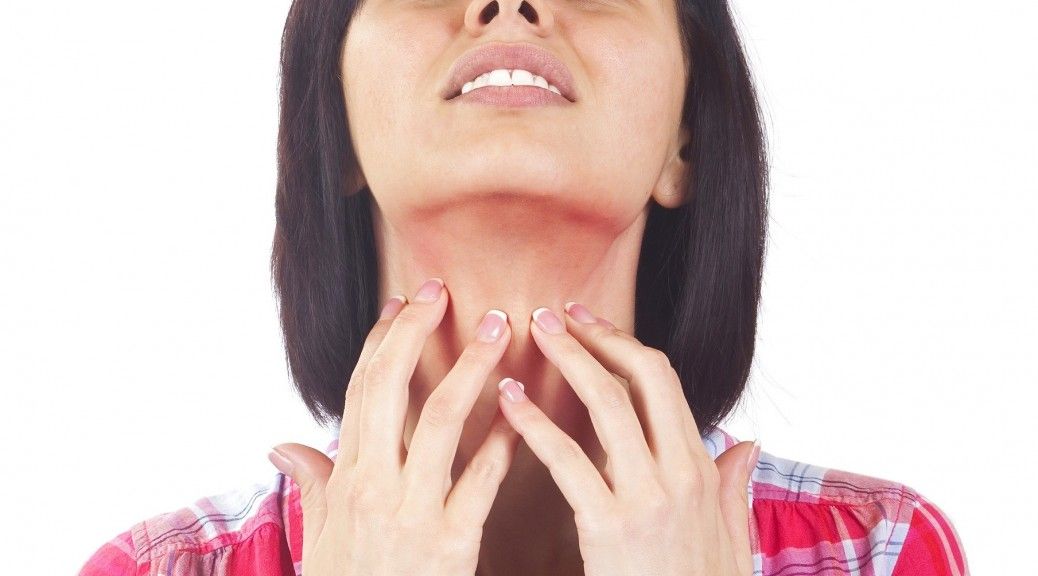
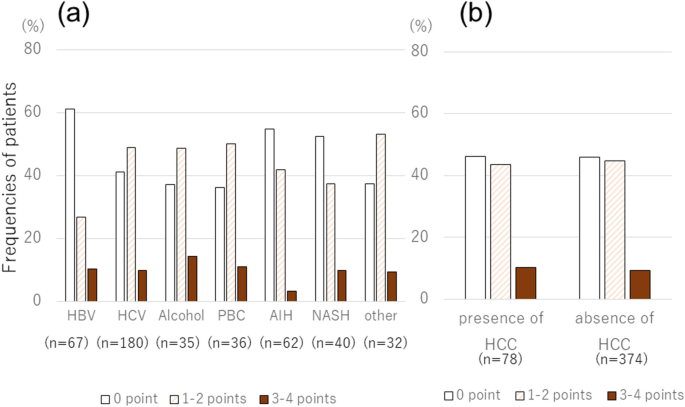
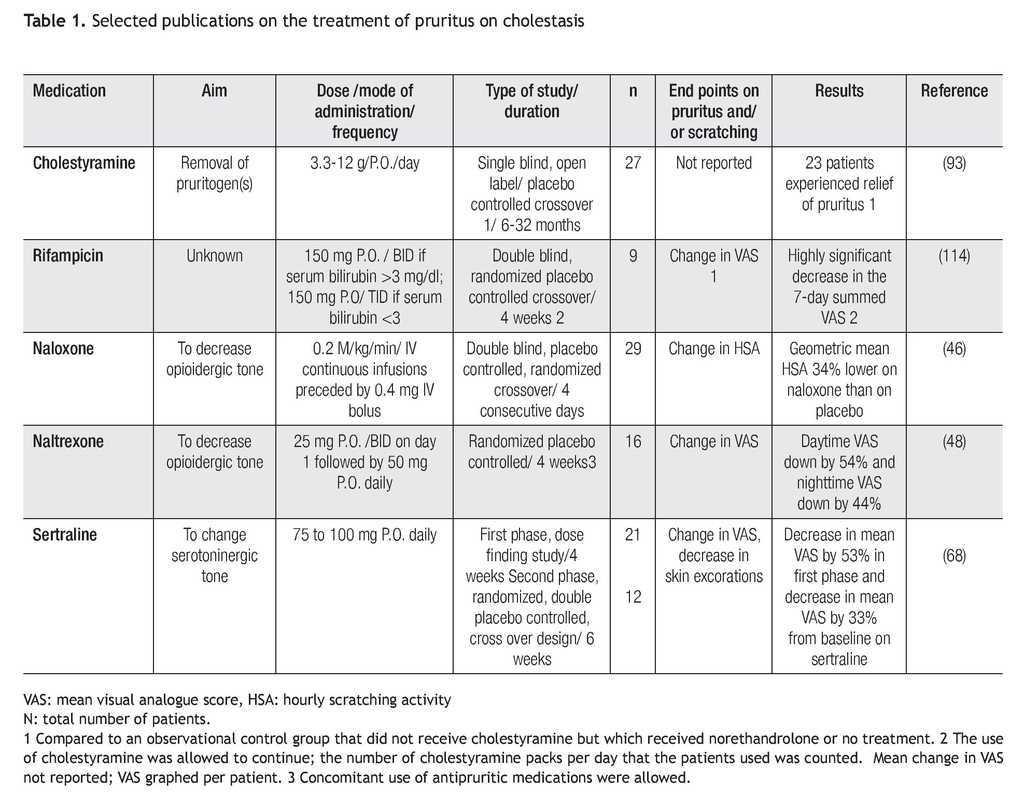
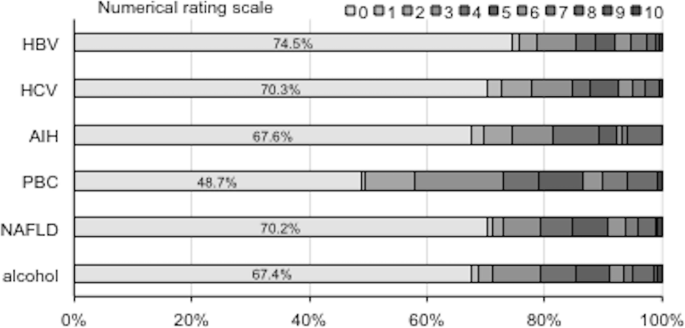

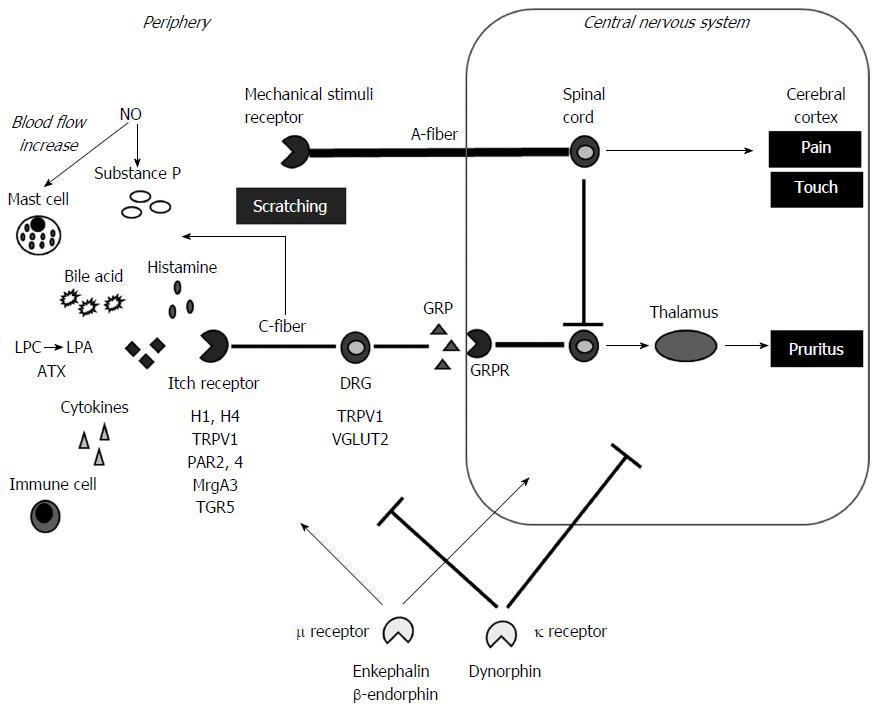


Posting Komentar untuk "Pruritus In Liver Disease"